前言
- 我猜你可能是一个更偏向于个
React开发者 - 我猜你可能深深的感受到了
Hooks带来的逻辑复用、响应式编程的种种便利 - 我猜你可能深度依赖
Typescript,又很喜欢JSX的强大表现力 - 我估计你公司用的
Vue2,虽然出了Vue3可以用上面种种好处;可是你还得维护Vue2老项目 - 我估计你心里很不爽,又想学习
Vue3带来新特性,又想重构已有Vue2项目但是成本太大 - 我估计你再这么下去,可能是想跑路了都~ ?
- …
- 目的 本文是从
React使用者视角带你解锁Vue2中开启Composition API? 并使用TSX? 地开发模式 ? - 希望 本文能助你一臂之力 ? 不要慌,你还可以继续治疗 ?
目标
- 使用
Vue2工程模板加入Composition API插件 - 开启
.ts、.tsx支持
初始化项目
略 ~
加入 Composition API plugin
- 添加依赖
yarn add @vue/composition-api
复制代码开启 ts、tsx 支持
本项目使用的 Babel@7.x
-
添加依赖
yarn add -D @vue/babel-preset-jsx @vue/babel-helper-vue-jsx-merge-props @babel/plugin-transform-typescript 复制代码 -
修改配置文件
-
修改根目录
babel.config.jsmodule.exports = { presets: [ '@vue/cli-plugin-babel/preset', + ['@vue/babel-preset-jsx', { compositionAPI: true }], // 开启 jsx ], + plugins: [ + ['@babel/plugin-transform-typescript', { isTSX: true }], // 开启 typescript + ], } 复制代码 -
根目录新建
vue.config.js+ const path = require('path') + module.exports = { + configureWebpack: { + resolve: { + alias: { + '@': path.resolve(__dirname, './src'), + }, + extensions: ['.ts', '.tsx'], + }, + module: { + rules: [ + { + test: /\.(jsx|tsx|ts)$/, + loader: 'babel-loader', + }, + ], + }, + }, + } 复制代码 -
根目录新建
tsconfig.json+ { + "compilerOptions": { + "target": "ES2017", + "module": "UMD", + "allowJs": true, + "jsx": "preserve", + "moduleResolution": "Node", + "allowSyntheticDefaultImports": true, + "importHelpers": true, + "baseUrl": "./", + "paths": { + "@/*": ["src/*"] + } + } + } 复制代码
-
修改 App.vue -> App.tsx
-
.vue文件和.tsx可以看成是等价的,直接使用即可;注意jsx中组件标签首字母一定要大写! -
.png静态资源用法就是直接引入,底层通过url-loader处理;@vue/cli 集成了静态资源配置import { defineComponent, onMounted } from '@vue/composition-api' import HelloWorld from './components/HelloWorld.vue' import logo from '@/assets/logo.png' export default defineComponent({ setup() { onMounted(() => {}) }, render() { return ( <div class="app"> <img alt="Vue logo" src={logo} /> <HelloWorld msg="Welcome to Your Vue.js App"/> </div> ) }, }) 复制代码 -
注意!
setup中不支持 (setup 中没有 this)tsx, 必须写在render中 -
启动下项目看看效果吧~ ?
yarn serve 复制代码
Notes
- 完整 Demo 戳 github
- Demo 使用API
https://api.github.com/users - User 定义如下
export interface User { avatar_url: string events_url: string followers_url: string following_url: string gists_url: string gravatar_id: string html_url: string id: number login: string node_id: string organizations_url: string received_events_url: string repos_url: string site_admin: boolean starred_url: string subscriptions_url: string type: string url: string } 复制代码
写一个 Component
import { Row, Col, Image } from 'vant'
export default defineComponent({
props: {
users: {
type: Array as { (): User[] }, // 提供调用处的类型推到
default: [],
},
},
render() {
return (
<Row class="img-box">
{this.users.map((user, idx) => (
<Col
class="img-item"
key={idx}
span={8}
// onclick 大写小写都可以的
// 这里直接用 Vue2 内置的 $emit 要比 React ”稍微“ 方便点
onclick={() => this.$emit('click', user)}
>
<Image src={user.avatar_url} />
<div>{user.login}</div>
</Col>
))}
</Row>
)
},
})
复制代码写一个 Hooks
-
如果你写过 React Hooks 那么你已经大概知道怎么写的了
-
它看起来像个普通的
函数式组件,一般意义的函数式组件返回VNode,Hooks 返回状态// React Hooks import { useState, useEffect } from 'react' export function useRequestWithReact() { const [users, setUsers] = useState([]) useEffect(() => { fetch('https://api.github.com/users') .then(_ => _.json()) .then(data => { setUsers(users) }) }, []) return { users } } // usage export default () => { const { users } = useRequestWithReact() return users.map(user => <div key={user.id}>{user.login}</div> ) } 复制代码// Vue2 Hooks import { ref } from '@vue/composition-api' export function useRequestWithVue2() { const users = ref([]) fetch('https://api.github.com/users') .then(_ => _.json()) .then(data => { users.value = data }) return { users } } // usage export default () => { const { users } = useRequestWithVue2() return users.map(user => <div key={user.id}>{user.login}</div> ) } 复制代码 -
这俩个框架的 Hooks/Composition API 设计真的很相似,就像现在的
Android和iOS系统 ?整体上更符合 JavaScript 的直觉; 不受调用顺序的限制,可以有条件地被调用; 不会在后续更新时不断产生大量的内联函数而影响引擎优化或是导致 GC 压力; 不需要总是使用 useCallback 来缓存传给子组件的回调以防止过度更新; 不需要担心传了错误的依赖数组给 useEffect/useMemo/useCallback 从而导致回调中使用了过期的值 —— Vue 的依赖追踪是全自动的。 复制代码
写一个 Hooks with Component
How and why?
-
试想一下我们写一个 Component
- 收益: 能复用 UI 展示,内部能够有自己的逻辑、状态
- 弊端: 内部逻辑、状态对外通讯 需要有一定的手段 处理,Vue、React 均是如此
-
试想一下我们写一个 Hooks
- 收益: 提供逻辑服用、状态自动更新
-
能不能把 Hooks、Component 的收益放到一起呢?(成年人的世界选择全要?)
Function Component、Hooks 只是返回值看起来不一样而已;要是我们 “两者都返回” 怎么样?- 收益: 能复用 UI 展示,内部能够有自己的逻辑、状态
借助响应式设计会 自动吐出来 内部状态
而不再是使用组件的种种通讯方式去 手动捞出来 内部状态
- 收益: 能复用 UI 展示,内部能够有自己的逻辑、状态
-
基于 vant 设计一个
useCalendar// src/hooks/useCalendar.tsx import { ref } from '@vue/composition-api' import { Calendar } from 'vant' export default function () { const visble = ref(false) const date = ref() const onConfirm = (val) => { visble.value = false date.value = val } // 这里必须要用函数包裹 // 因为 setup 中无法使用 h 函数 // component 需要传递到 dome.tsx 的 render 中调用,render 中可以使用 h 函数,及正确的 this 指向 // 不使用箭头函数的目的也是为了 this 的正确指向 // !!! // 这种写法在 Vue3.x、React 要更简单、容易理解一些 // 毕竟这是 vue2 的插件,还是有些写法限制的 // !!! const component = function () { return <Calendar vModel={visble.value} onConfirm={onConfirm} /> } return { visble, date, component, } } // src/views/dome.tsx import { defineComponent, watch, computed } from '@vue/composition-api' import { Button } from 'vant' export default defineComponent({ setup() { const { date, visble, component } = useCalendar() watch(date, => { // 永远在选择日期后自动执行 wath 的 callback // 而不是通过通讯的手段去手动捞出 console.log('你选择的日期是:', date) }) // 或者 computed(() => date -> do something...) return { visble, component, } }, render() { return ( <div> <Button onclick={() => this.visble = true}>点击唤起日期</Button> <hr/> {this.component()} </div> ) }, }) 复制代码

- 至此,我们可以在回答 Hooks 的面试题时候来一句:“Hooks 除了逻辑复用,还能实现 UI 复用”
相信你对工作中一些场景是该封装Component还是Hooks会有了一个新的参考 ?
个人关于 Vue 的 Composition API 看法
- 设计更贴近
响应式编程就像没有operator的rxjs;有那味儿 ~ ref、reactive数据源为 可观察对象;模板、component、watch这些可以视为订阅者watch、watchEffect设计又和mobx中的reaction、autorun行为基本一致
个人关于 React 的 Hooks 看法
- React 的 Hooks 在 setState 后重复调用当前组件(函数),通过执行当前组件内的 useEffect、useMemo 并对比 deps 决定是否 “响应”; 模拟了 响应式 设计
- 引用官网的一句话 ~ (可能你木有注意到哦)

VSCode 配置
emmet生成class而不是className{ "emmet.includeLanguages": { "javascriptreact": "html", "typescriptreact": "html" } } 复制代码
参考文章
© 版权声明
文章版权归作者所有,未经允许请勿转载。
THE END





















![[桜井宁宁]COS和泉纱雾超可爱写真福利集-一一网](https://www.proyy.com/skycj/data/images/2020-12-13/4d3cf227a85d7e79f5d6b4efb6bde3e8.jpg)

![[桜井宁宁] 爆乳奶牛少女cos写真-一一网](https://www.proyy.com/skycj/data/images/2020-12-13/d40483e126fcf567894e89c65eaca655.jpg)